Differences & Similarities Between Persians vs Arabs
The Arab world and the Persian world are two different worlds. However, both as a part of Western Asia have a lot in common. These similarities are both seen in their culture, religion, and language. This does not mean that they are the same. In today’s world, we cannot distinguish different ethnicities from each other. This is because, throughout history, different people from different cultures and ethnicities were mixed. However, certain things are specific to each culture. In this article, we will talk about the difference between Persians and Arabs. Also, we will talk about the similarities between these two cultures.
Language, Persian vs Arabic
By comparing a Persian (Farsi) text and an Arabic text, you might not realize that they are two different languages. That is because both Persian and Arabic use the same alphabet. However, the pronunciation of the letters is different in each language. Also, four Persian letters do not exist in Arabic. In the case of vowels, both languages have three short and three long vowels. overall, we can say that the only similarity between the two languages is what we see in the scripts. Everything else including the grammar, pronunciation, and morphology is different in Persian vs Arabic. In other words, comparing the Persian language with Arabic is like comparing apples and oranges. It is worth mentioning that today, there are a lot of common words that are used in both languages.
Location, Arab World vs Persia
The Arab World is located in Western Asia as well as North Africa. On the other hand, Persia is also located in Western Asia. However, Persians live in specific areas where Iranian culture persists, such as in Iran. In other words, Persians inhabit the Iranian Plateau. The Persian culture also spreads to the Indus valley in the east and turkey in the west. From the north, it connects to the Caucasus and the Persian Gulf in the south. In the southwestern and south of Iran, there is the closest connection between Persian and Arabs. Accordingly, lots of people in the south of Iran speak Arabic as their main language. This is due to the mixture of cultures through the centuries. However, you can still sense the differences in culture, language, and customs even in these close communities.
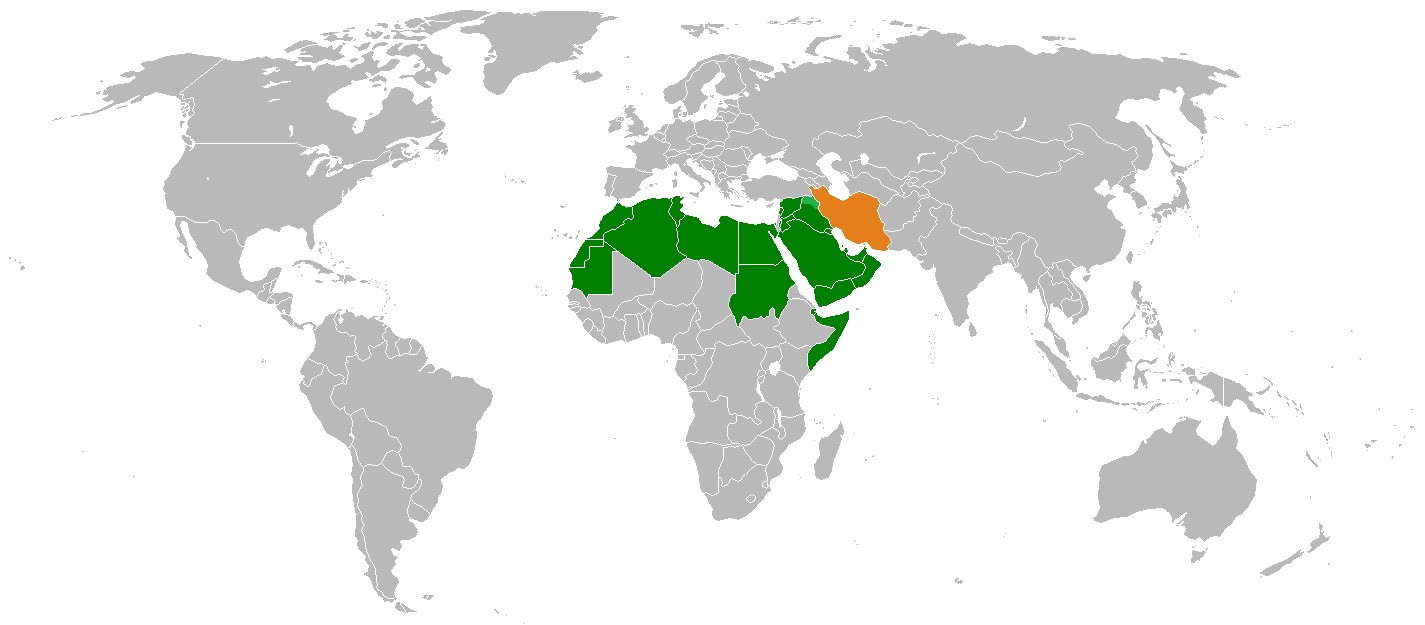
Persians and Arabs Locations
Ancestry & Genealogy
The origin of Arabs can be traced back to people from the Syrian Desert and Arabian Peninsula. Persians on the other hand have Indo-European origins. It is impossible to trace back a vast ethnicity to one single origin. According to the current research, the ancestors of all human beings can be traced back to Africa. In the ancient world, several out-of-Africa migrations happened that led to the establishment of ancient populations. However, the complex migration paths and other factors cannot be simplified in this article. The ancestry and genealogy of Arabs and Persian also can be traced back to the ancient nomadic cultures. For example, Bedouin or Arab nomads are important in tracing the ancestry of Arabs.
Similarities in Religion
Most of the confusion in differentiating between Arabs and Persians comes from their shared religion. Accordingly, a majority of both Persian ethnicities and Arabs are followers of Islam. It is important to note that not all Arabs and Persians are Muslims. Jewish, Christian, Zoroastrian, and other religions are also common among the people. There is one difference in Muslim communities. The followers of Islam are divided into two branches of Islam. One is Shia and the other one is Sunni. Today, the official religion of Iran is the Shia branch of Islam which is not the same case for Arabic countries. Overall, the religion of Persians before the advent of Islam was Zoroastrianism. The similarities between Arabs and Persians in their religion started after the Arab invasion in 651.
The Connected but Different History
The history of Western Asia has always been interconnected. However, after the Arab invasion of Persia, the influence of Arabs on Persians and vice versa started. However, this didn’t end in mixing the two cultures. Persians kept their different traditions and ceremonies such as:
- Nowruz (the Persian New Year)
- Yalda Night (the longest night of the year)
- Chaharshanbe Suri (the last Wednesday of the year)
These are some of the ancient festivals that Iranians celebrate until this day. Neither of these festivals is celebrated in Arab countries. However, religious festivals such as Eid al-Fitr at the end of Ramadan Holy month and Eid al-Adha are celebrated in both countries.
History of Persian Language
Persian spoken by millions of people in Iran, Afghanistan, Tajikistan, Uzbekistan, and other regions that have historical and cultural ties to the Persianate world. The history of Persian can be divided into three main stages: Old Persian, Middle Persian, and Modern Persian.
Old Persian (ca. 525 BC- 300 BC)
Old Persian was used by the Achaemenid kings, who ruled over a vast empire that stretched from India to Egypt. It was written in a cuneiform script, which consisted of wedge-shaped symbols impressed on clay tablets. The oldest surviving Old Persian texts are royal inscriptions that proclaim the achievements and beliefs of the kings. One of the most famous examples is the Behistun Inscription, which was carved on a rock face by Darius I in 522 BC. It records how he defeated his rivals and established his authority over the empire. The inscription is bilingual, written in both Old Persian and Elamite, and also includes a version in Babylonian.
Middle Persian (c. 300 BC- 800 AD)
Middle Persian developed after the fall of the Achaemenid Empire and the rise of new dynasties, such as the Parthians and the Sassanians. It was also known as Pahlavi, which means “of the Parthians” or “of royalty”. Middle Persian was written in two different scripts: a modified version of the Aramaic alphabet (official and religious texts), and a cursive script (informal and secular texts). One of the most influential Middle Persian texts is the Avesta, which is the sacred book of Zoroastrianism, the ancient religion of Iran. The Avesta contains hymns, prayers, rituals, myths, and laws that reflect the Zoroastrian worldview.
Middle Persian texts include:
- Historical chronicles
- Legal documents
- Religious scriptures
- Philosophical treatises
- Literary works
Modern Persian (800 AD to the present day)
Modern Persian emerged after the Arab conquest of Iran in the 7th century AD. Modern Persian was influenced by Arabic, which became the language of administration, religion, science, and literature in the Islamic world. Modern Persian adopted many Arabic words and phrases, as well as the Arabic alphabet (with some modifications). However, Modern Persian retained its grammatical structure and core vocabulary from its earlier stages. Modern Persian also borrowed words from other languages, such as Turkish, Mongolian, French, and English, reflecting the historical and cultural interactions of Iran with other regions.
History of Arabic Language
The Arabic language belongs to the Semitic family of languages, which also includes Hebrew and Aramaic. This language has a rich history that spans over many centuries and regions. The origin of the Arabic language can be traced back to the northwest of the Arabian Peninsula. Arabic was first spoken by nomadic tribes around the 8th century BCE. The word Arabic itself means “nomadic” or “of the desert”. The Arabic language underwent a major transformation with the emergence of Islam in the 7th century CE. Islam was founded by the prophet Muhammad, who received revelations from God in Arabic. The revelations were compiled into the Qur’an and became the primary source of the Arabic language and literature. The Qur’an established a standard form of Arabic, known as Classical Arabic, that was used for religious and literary purposes. As Islam spread across the Middle East, North Africa, and beyond, so did the Arabic language and culture. The Arabic language continued to evolve over time, giving rise to different dialects and varieties. The Arabs conquered many lands and interacted with various peoples, such as Persians, Turks, Berbers, and Africans. These interactions enriched the Arabic language.
Examples of Common Sentences in Arabic & Persian
- Hello
- Persian: Salâm (سلام) / Dorood (درود)
- Arabic: Salâm /Marhaba (مرحبًا)
- How are you?
- Persian: Chetori? (چطوری؟)
- Arabic: Kifak (كيف حالك؟)
- Have a nice day
- Persian: Rooz Khosh (روز خوش)
- Arabic: Naharak sa’eed
Final Thoughts
To summarize this article in one word, we should say that Arabs are not Persians and Persians are not Arabs. There are a lot of things that Arabs and Persians have in common. After all, in today’s world, there are fewer barriers between different ethnicities. However, the differences in culture, ceremonies, the way people act, and the arts they practice are a whole different world in Iran.

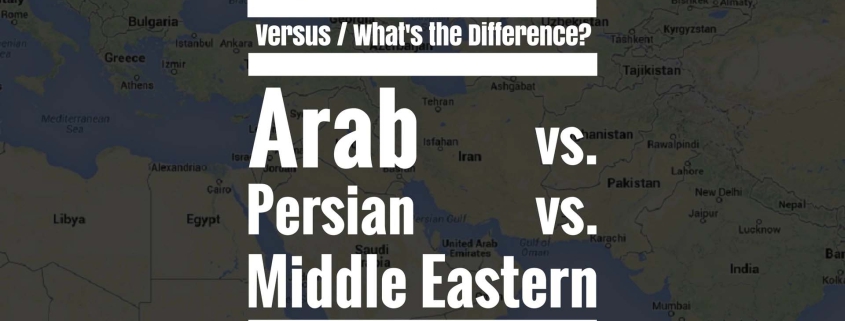
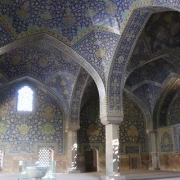
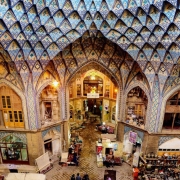
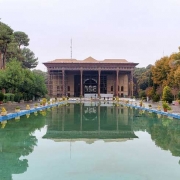

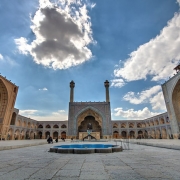
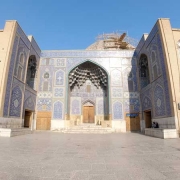
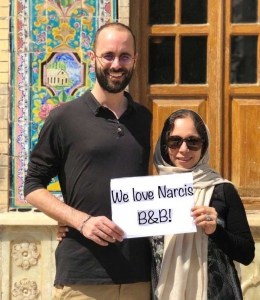




Leave a Reply
Want to join the discussion?Feel free to contribute!